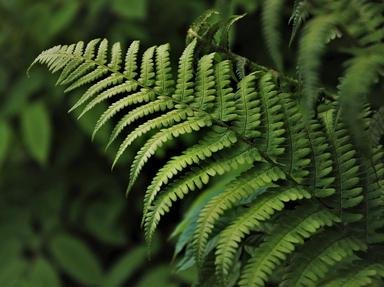Quiz Answer Key and Fun Facts
1. Lavenders are members of the Labiatae family. What are common characteristics of these plants?
2. Lavender oils, particularly essential oil of lavender, are highly valued and quite expensive. Which Balkan country became the largest producer and exporter of lavender/lavandin and resultant oils in the years 2011 to 2017?
3. Lavenders have long been used as remedies, gaining mainstream popularity in recent years. What are some of the conditions for which lavender is used?
4. Lavender oil has been used experimentally for many reasons. In 2011-2012 a study was conducted in three Japanese nursing homes to see if it could prevent what?
5. While there are many varieties of lavender, not all are created equal in the aroma field. What are the two most commonly commercially used lavenders for fragrance? (Up to 2018 at least.) Hint: one of them is middling.
6. There is a distinctly different form of lavender which has soft ferny leaves and lacks the fragrance of other lavenders. What is the common name of this attractive shrub, which originates on islands off the coast of Africa?
7. Lavenders have many uses after harvesting. However, what is an extremely good reason to keep flowering lavender on the shrub, particularly in areas with warmer winters, when little else is in flower?
8. Lavandula angustifolia and its many cultivars have long been favourites in many gardens. What is it commonly known as?
9. Another fragrant form of lavender is Lavandula dentata, or fringed lavender. What is its most usual common name?
10. Two sub-species of French lavender, various forms of L. stoechas and L. pedunculata have what distinctive feature?
Source: Author
windrush
This quiz was reviewed by FunTrivia editor
rossian before going online.
Any errors found in FunTrivia content are routinely corrected through our feedback system.
